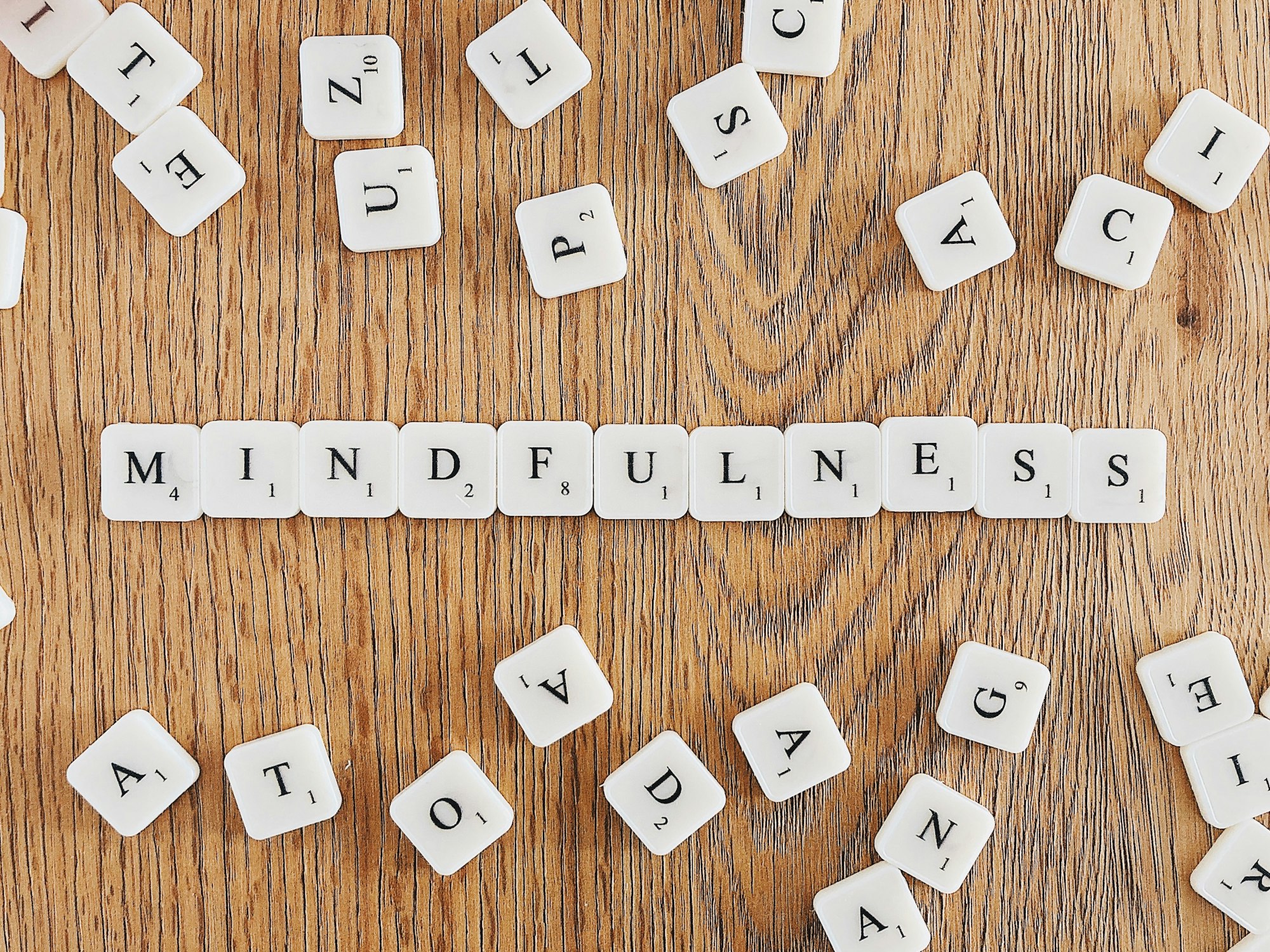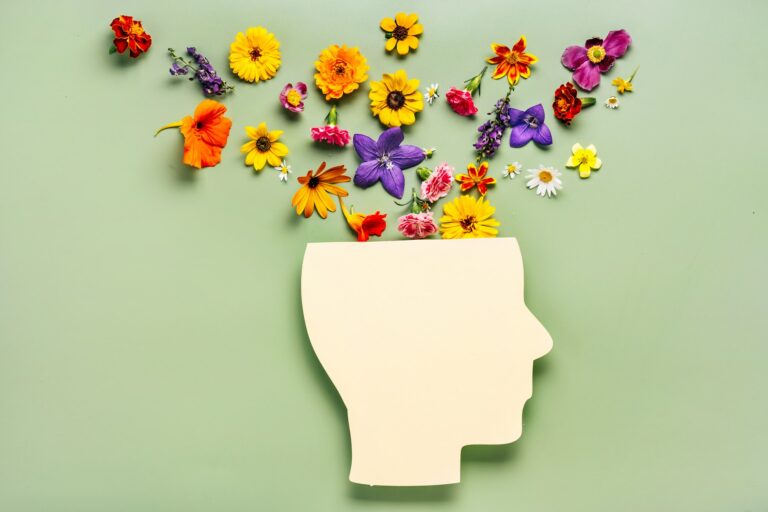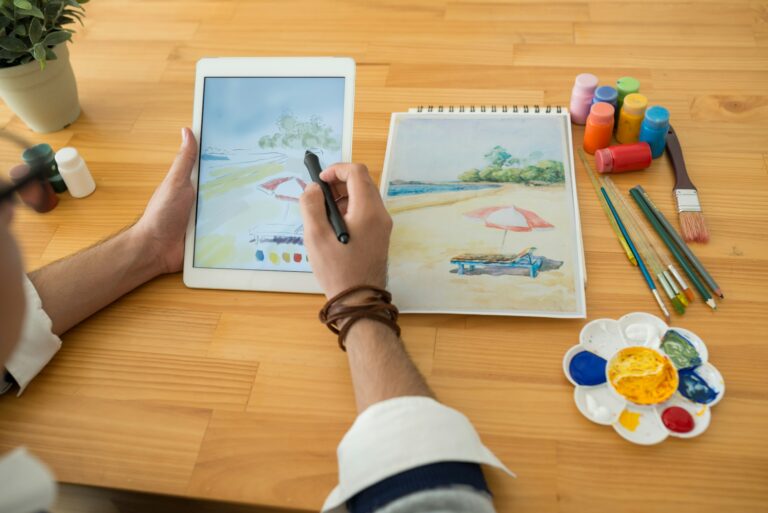Mindfulness isn’t just a buzzword. It’s a lifestyle change that can transform your life from the inside out. If you’re feeling stressed, anxious, or overwhelmed, mindfulness offers a path to peace and clarity. But where do you start? Let’s dive into the basics and explore some simple practices that can help you get started on your mindfulness journey.
1. Understanding Mindfulness
1.1 What is Mindfulness?
Mindfulness is all about being present in the moment. It’s the practice of paying attention to your thoughts, feelings, and surroundings without judgment. Think of it as a mental workout that helps you stay grounded and focused. Imagine you’re driving a car. Instead of worrying about the destination or getting lost in thoughts, mindfulness keeps your attention on the road, the scenery, and the journey itself.
1.2 The Benefits of Mindfulness
You might wonder, “Why should I practice mindfulness?” The benefits are vast. It reduces stress, improves focus, enhances emotional regulation, and boosts overall well-being. Studies show that mindfulness can even lower blood pressure and improve sleep. It’s like having a superpower that helps you navigate life’s ups and downs with grace and ease.
2. Getting Started with Mindfulness
2.1 Start with Your Breath
Breathing is something we do without thinking, but mindful breathing can be incredibly powerful. Find a quiet place, sit comfortably, and close your eyes. Take a deep breath in through your nose, hold it for a few seconds, and then exhale slowly through your mouth. Focus on the sensation of the breath entering and leaving your body. This simple practice can instantly calm your mind and body.
2.2 Body Scan Meditation
A body scan meditation helps you connect with your physical self. Lie down or sit comfortably. Close your eyes and take a few deep breaths. Start at your toes and slowly move up your body, paying attention to each part. Notice any tension or discomfort, and try to release it with each exhale. This practice not only promotes relaxation but also increases body awareness.
3. Incorporating Mindfulness into Daily Life
3.1 Mindful Eating
Eating is something we often do on autopilot. Mindful eating involves paying full attention to the experience of eating. Sit down at the table without distractions. Take a moment to appreciate your food. Notice the colors, textures, and smells. Chew slowly, savoring each bite. This practice can improve digestion and help you enjoy your meals more fully.
3.2 Mindful Walking
Walking is another activity we often do without much thought. To practice mindful walking, find a quiet place and walk slowly. Focus on the sensation of your feet touching the ground. Notice the sights, sounds, and smells around you. This practice can be a refreshing way to clear your mind and connect with your surroundings.
4. Overcoming Common Challenges
4.1 Dealing with Distractions
It’s normal to get distracted during mindfulness practice. When your mind wanders, gently bring your focus back to your breath or the present moment. Don’t judge yourself for getting distracted; it’s part of the process. Think of your mind as a puppy that needs gentle guidance to stay on track.
4.2 Making Time for Mindfulness
Life is busy, and finding time for mindfulness can be challenging. Start with just a few minutes a day. You can gradually increase the duration as you get more comfortable. Remember, mindfulness isn’t about perfection; it’s about making a little time each day to center yourself.
5. Deepening Your Practice
5.1 Joining a Mindfulness Group
Sometimes, practicing mindfulness with others can be motivating and enriching. Look for local mindfulness or meditation groups. Sharing your experiences and learning from others can deepen your practice and provide a sense of community.
5.2 Exploring Guided Meditations
If you’re new to mindfulness, guided meditations can be incredibly helpful. There are many apps and online resources available that offer guided sessions. These can provide structure and support as you develop your mindfulness practice.
Conclusion
Mindfulness is a journey, not a destination. It requires patience, practice, and a willingness to explore the present moment with an open heart and mind. By incorporating simple mindfulness practices into your daily routine, you can transform your life, reduce stress, and enhance your overall well-being. Remember, the key is to start small and be consistent. With time, you’ll find that mindfulness becomes a natural and integral part of your life. So, take a deep breath, and begin your journey to a more mindful, peaceful you.








